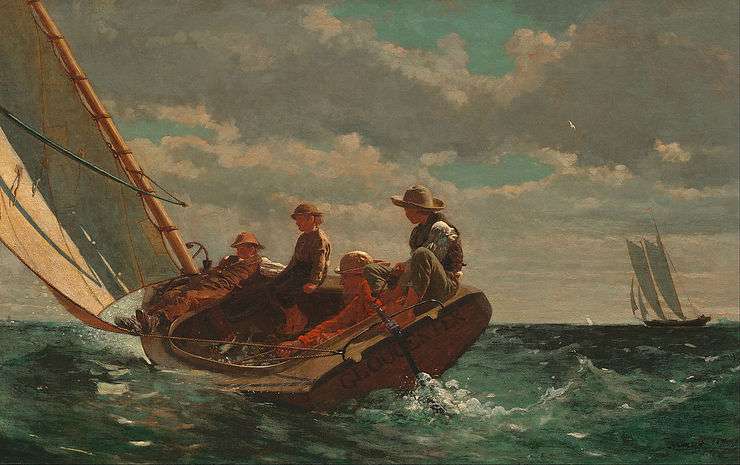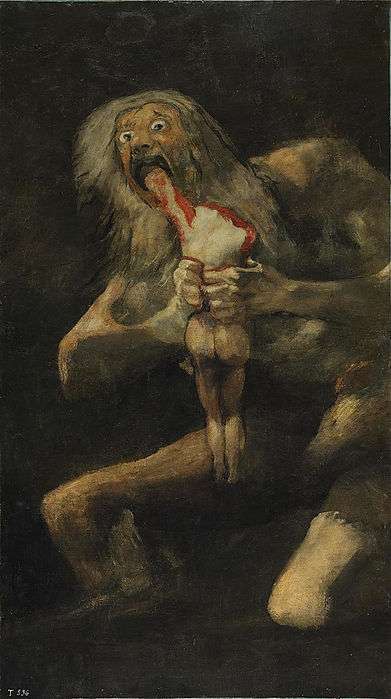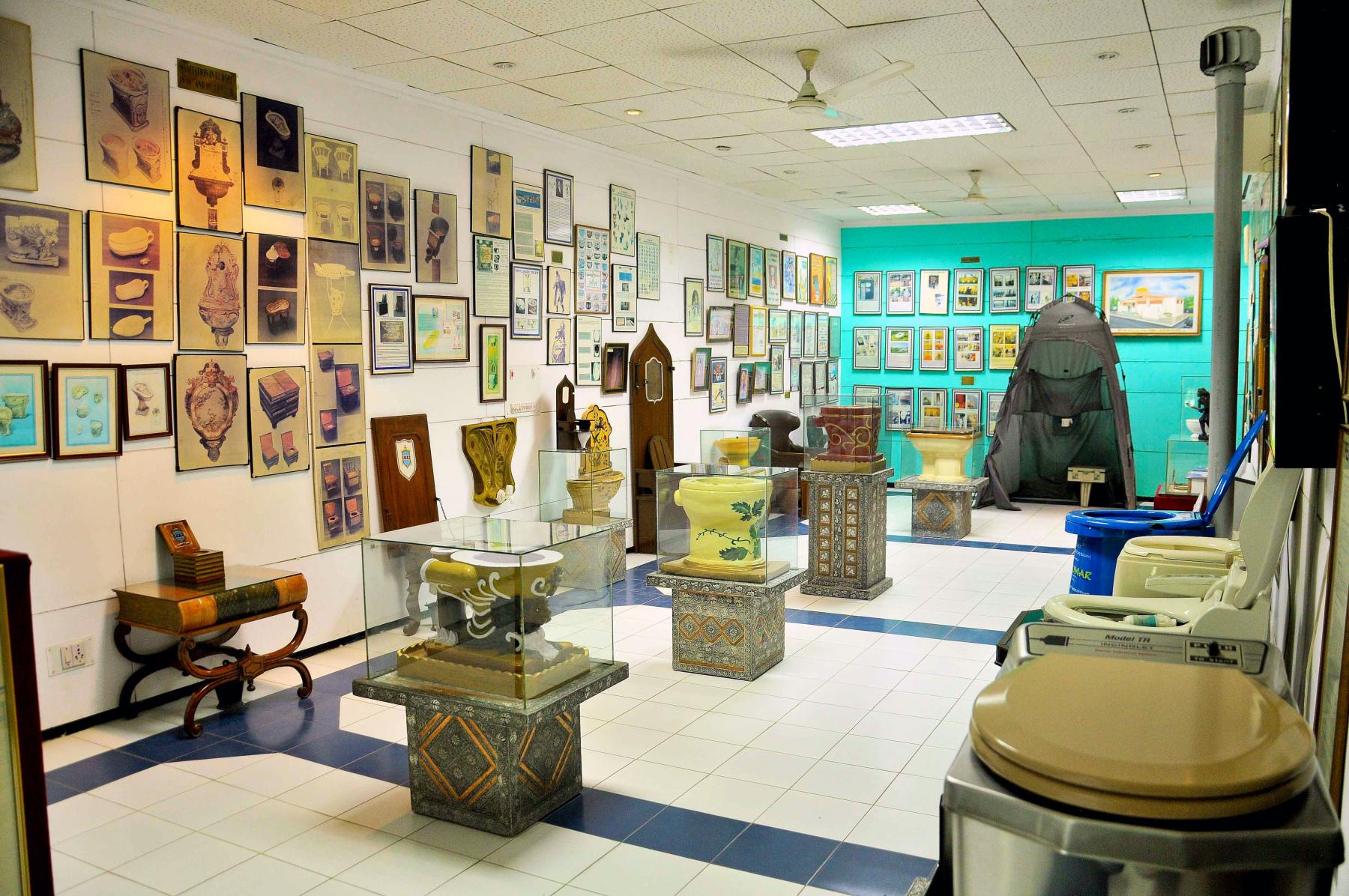Mona Lisa – The Starry Night – The Last Supper – The Creation of Adam – Guernica – Girl with a Pearl Earring – Las Meninas – The Kiss – Nighthawks – The Night Watch – Impression, Sunrise – American Gothic – Liberty Leading the People – The Potato Eaters – The Last Judgment: What begins as a quest for discovering the most famous works of art becomes an arduous non-exhaustive list, especially when the search on Google says ‘greatest works of art.’
With these countless examples come several characteristics to light. We can close our eyes and witness the intensity and passion these paintings exude – the vastness of the night sky for van Gogh, Michelangelo’s intensely classical perfections, Picasso’s depiction of social hardships and changing times – these are paintings that move us with awe. They leave us unsettled with an aura of mystique, fascination, and sometimes, overwhelming emotions. Our constant search for curious details and meaning leads us to never-ending spirals of style, symbols, and meaning.
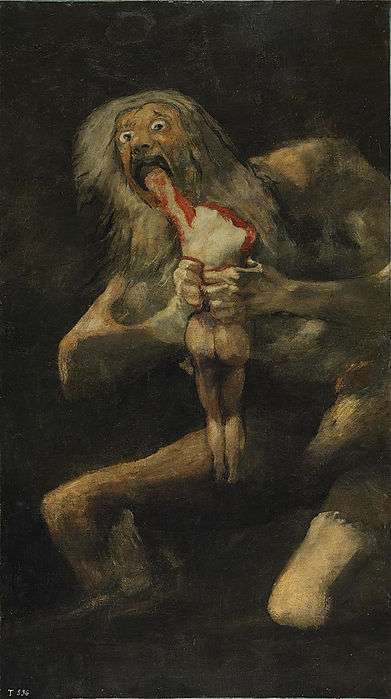
Yet art, profound it may be, isn’t the only source of overwhelming emotions today. Our lives have become a whirlwind of conflict, saturation, and despairing lifestyles. Inequalities and injustices keep us perturbed even in our sleep, and with the extending hand of the coronavirus pandemic whisking off scores of people with its fatality, our world hasn’t been more topsy-turvy as it is today. Several months in social isolation has made it quite possible that the literal imagery of Goya’s Saturn Devouring His Son is now our constant mood, despair constantly chewing away our peace of mind. So that very profound art, the art that we sought mysterious answers from, the very same art which swelled us with emotions, makes us wonder today:
How does art comfort us?
The answer to this question, interestingly, begins not with art, but rather music.
Being calm with Yo-Yo Ma
It’s no longer dreadful, nor is it improbable to imagine how our lives would be if someone isolated us inside our homes, with either limited or zero outside interaction (no, this isn’t about a kidnapping – even if you want to blame some higher power for kidnapping this year from us). But what if it wasn’t September, but rather March? Can you remember that time when you felt increasingly agitated staying indoors and immobile? What novelties did you find that soothed your tempestuous moments? For the acclaimed cellist Yo-Yo Ma, it was all about striking the right chords.
Finding himself trapped, Yo-Yo devoted his time to the music that now helped him comfort his anxiety. One day, he recorded himself playing Antonín Dvořák’s Going Home on his phone and shared it online with the hashtag #songsofcomfort. The hashtag didn’t take long to become a sensation, with people coming forth to share the music they listened to when they felt distressed, and it didn’t take long for people to begin sharing art with it.
Of course, this confluence of music and art isn’t anything new – in fact, artists have quite often found their inspiration in music. While Kandinsky’s works (which he named ‘Composition’ or ‘Improvisation’ based on music titles) surely tend to be more famous in this regard, other painters like Whistler’s the Nocturnes (inspired by Chopin’s solo piano compositions of the same name) and Paul Klee’s abstraction in geometry Polyphony (based on Bach’s polyphonic choral works) have struck similar chords.
Upon being asked why Yo-Yo chose Going Home, he replied “It’s one of those pieces that you can listen to whether you’re in a celebratory mode or meditative mode or mournful mode… it’s one of those wide pieces of music that music can be.” Art, in a similar manner, has found multiple faces of expressing itself for various needs.
Comfort in abstract
As part of Google Arts & Culture’s online exhibition Culture of Comfort, Samia Halaby, a Palestinian and one of the Arab world’s leading contemporary artist, talked about how artworks help her to visualize comforting memories. For Samia, whose works are mostly abstract,
“When my painting is going well I almost taste what the earth gives of(sic) yellow fields baking in ovens. Then I return to an involuntary memory or perhaps a dream where I arrive with friends and select a tree. I hang our lunch on a branch and sit below comforted that I have found my place on Earth. I look downhill along a path to the seashore. Where I could stand at the very edge of the water where I would see only blue and blue. Ocean depths starting at my feet stretching far into the horizon and returning as sky above. I breathe in relief knowing that no one owns this blue expanse.”

Talking about what works help her with such comforting emotion,
“The paintings of Lyubov Popova awaken a strong reaction of good energy, as though I had suddenly imbibed a tall glass of magical refreshment… I feel a social rhythm as the people all around are of one mind and I am with them and we are strong. The privilege of such energizing experience is comforting.”
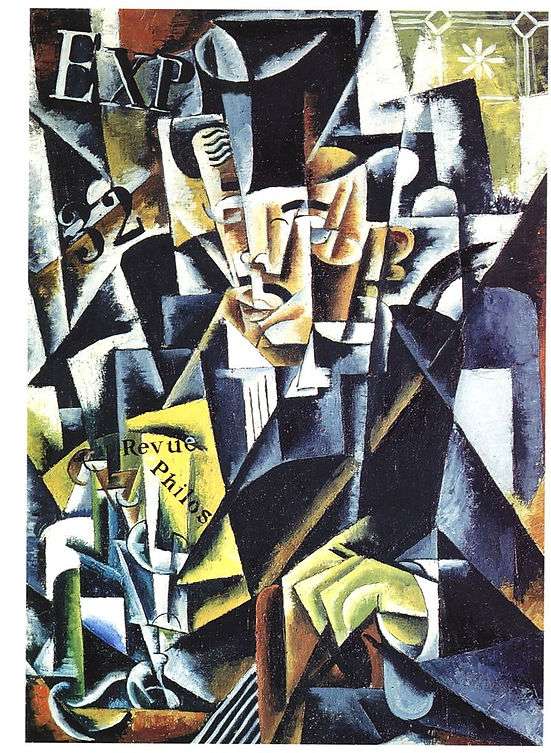
She remarks that whenever stressful periods inhibit her from making art, she resorts to walking around her studio, taking “comfort in looking at all the mementos of beautiful stones and found objects that I have collected.”
Soothing with the horizon
It wasn’t just abstract art – a modern phenomenon – where comfort was sought. Even before materiality was being dismissed, artists engaged with their surroundings to evoke a sense of calm, of comfort. Depicting nature, landscape art became a popular mode of expression. An example can be found with the French Baroque painter Nicolas Poussin’s Landscape with a Calm. Poussin broke away from the historical narrative of his earlier works and focused on evoking a mood of calm with an ordered composition, golden light, and tranquility that was felt with the way nature was painted in soft tones.

A similar example is Breezing Up (A Fair Wind) by the American artist Winslow Homer. Homer’s work, which is deeply rooted in forceful realism, is seen taming an otherwise stormy subject – the high seas. While crashing waves have the effect of evoking everything but calmness, here the warm color palette and a loose brush technique have allowed Homer to convey a feeling of calm and comfort. The family of four isn’t found fighting against the strong winds but left to enjoy the breeze that’s comfortably helping them sail.

This calm is also sought beyond the four edges of a canvas. Present at the Culture of Comfort, Seb Lester, an English lettering artist, talked of practicing calligraphy while listening to music, which was his source of comfort.
“A lot of language in music is also the language used in calligraphy, for example, both musicians and calligraphers talk about the rhythm, harmony, structure… It has been said that calligraphy is music for the eyes.”
Talking about The Works of Geoffrey Chaucer,
“Everything harmonizes so beautifully here and it gets even better for me because one of my pre-raphaelite heroes, Edward Burne-Jones did the woodcut illustrations throughout the book. A wonderfully Victorian homage to the medieval period from a visionary artist, this book bursts with vitality and timeless beauty.”
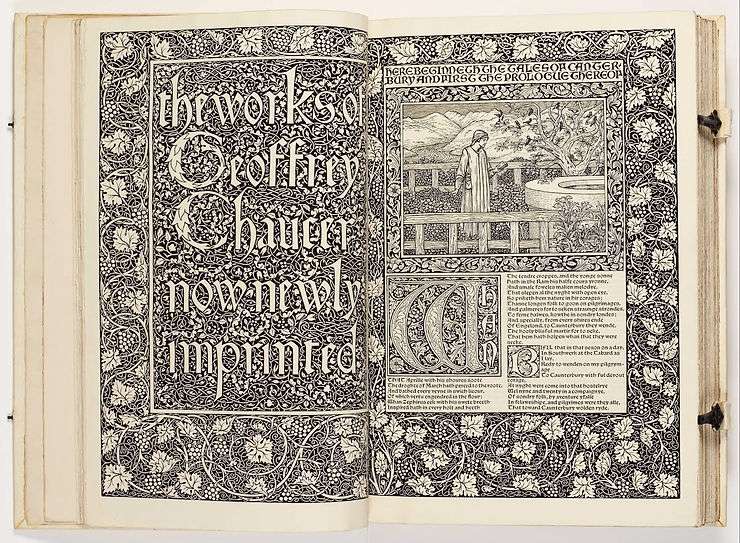
Comforting in oblivion, and beyond
Chevra Kadisha, ‘Holy Family,’ is a group of Jewish men and women responsible for burying the dead. Alan Iszauk, a member of one such group in Pittsburgh, had to perform the excruciating task upon his fellow Jewish brethren when the anti-Semitic attack at a congregation in Pittsburgh’s Tree of Life left eleven people dead. What helped Iszauk recover from the shock was a painting made by the Rabbi of San Fransico, called The Tree of Life is Weeping. The painting was passed around to other Chevra members for keeping, which massively helped in providing comfort for the grief-stricken. Me’irah Iliinsky, the artist, was quoted saying
“I consider it amongst the best things I’ve done in my life. That it brings comfort to people, I’m entirely grateful and humbled.”

Art has been widely regarded as a powerful medium for therapeutic recovery. Gone are the days of medical institutions and their drab wallpaper dulling the visual experience of recuperation – and art has taken a center stage, whether it’s hanging from the walls or in the hands of a patient recovering from a trauma. However, it’s not just these spaces where art needs to comfort the disturbed – it’s providing communities a sense of security, and letting them express themselves in a manner that’s building a greater sense of community, home, and comfort.
If you’re feeling comforted (like we do), take a look at these artists that found their inspiration to make art through isolations (sounds familiar today, no?) – and make art that comforts you today.
